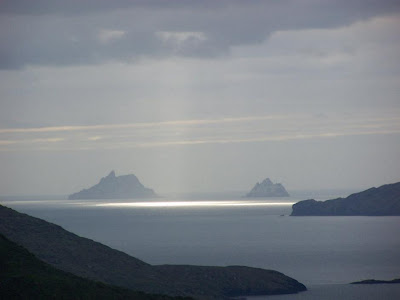Sephirot velocity theory
By: Kohen Indollen Oshar copyright 1999
In to day’s physics we have learned about string theory, and then we unified string theories to form M-theory. Now the basic idea of the velocity of light is being changed. This is due in part to Hubble and other devices, that have given us a view of the atomic structures of this universe. We now know that 73% of this universe is made up of dark energy or negative light. The byproduct of which makes up 23% of this universe, we call it dark matter. The byproduct of positive light makes up only 4% of this universe, which we call matter. The truth of it is that what we call matter is positive matter. Hubble has given a view of what the universe may look like toward the center. We then find that dark light energy can travel at a higher velocity than positive light energy.
On august 15, 1943 A.D. on board the U.S.S. De173 Elbridge the Philadelphia experiment took place. Albert Einstein’s unified field theory along with Nikola Tesla’s egg of Columbus theory made it work.
M-theory is the idea that there are 12 main strings that put off harmonic vibrations. There are two types of strings, open strings and closed strings. Closed strings form membranes a set velocity. Anything moving slower than this harmonic velocity will be trapped in the membrane. Open strings look like a horse shoe, they can form a bridge that crosses over from membrane to membrane.
So with all this new data it isn’t hard to believe that there is a variable velocity of light. The proof lies in the data about 4th –D travel. We know that dark light energy travels at a rate of 372,000 m/s, because positive light energy travels at a rate of 186,282 m/s. So this would mean that 5th-D travel or what I call Sephirot velocity, would be at a rate of 558,000 m/s. The O.S.P. Has now started up a 5-D experiment program. Their goal is to have a working prototype by 2010.
Up Date :
Results for the 11 year program is to date needing funding, but prototype went on line in March. 233 test have run since then. Here are the detail of the over all results.
When E.L.F. Hertz. Waves are trapped in a self sustaining egg of Columbus field tachyons and gravitons pull in reverse from the two bio poles and pulls in on it's self, forming a Unified field. Any matter that is put in the devices changes anti-particle to particle position, then goes back when slowed down. 4-D program is now finished and test will go on for the 5-D experiment, until 2011.
Osharian scientist plan to have the sephirot device operational before the launch in 2012. The hope is to obtain the missing pieces of the Mora-Tome by then.


















